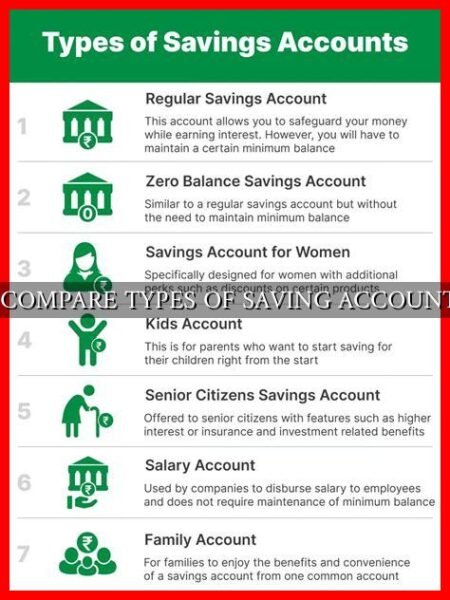-
Table of Contents
Compare Kinetic Energy and Potential Energy
Energy is a fundamental concept in physics that describes the ability of a system to do work. Two common forms of energy are kinetic energy and potential energy. Understanding the differences between these two types of energy is crucial in comprehending the behavior of physical systems. In this article, we will compare kinetic energy and potential energy, exploring their definitions, formulas, examples, and applications.
Kinetic Energy
Kinetic energy is the energy possessed by an object due to its motion. The formula for kinetic energy is:
KE = 0.5 * m * v^2
- KE: Kinetic Energy
- m: Mass of the object
- v: Velocity of the object
As an object moves faster or has more mass, its kinetic energy increases.
. For example, a car moving at a high speed has more kinetic energy than a bicycle moving at a slower pace. Kinetic energy is a scalar quantity, meaning it only has magnitude and no direction.
Potential Energy
Potential energy is the energy stored in an object due to its position or configuration. The formula for potential energy varies depending on the type of potential energy being considered. Some common forms of potential energy include gravitational potential energy and elastic potential energy.
The formula for gravitational potential energy is:
PE = m * g * h
- PE: Potential Energy
- m: Mass of the object
- g: Acceleration due to gravity
- h: Height of the object
For example, a book placed on a shelf has gravitational potential energy due to its height above the ground. As the height increases, the potential energy also increases.
Comparison
While kinetic energy is associated with motion, potential energy is associated with position or configuration. Here are some key differences between kinetic energy and potential energy:
- Kinetic energy depends on the velocity of an object, while potential energy depends on the position or configuration of an object.
- Kinetic energy is always positive, while potential energy can be positive or negative depending on the reference point.
- Kinetic energy is a scalar quantity, while potential energy can be a scalar or vector quantity depending on the type of potential energy.
Examples
Let’s consider a simple example to illustrate the difference between kinetic energy and potential energy. Imagine a roller coaster at the top of a hill. At this point, the roller coaster has high potential energy due to its height above the ground. As the roller coaster descends the hill, its potential energy is converted into kinetic energy. At the bottom of the hill, the roller coaster has high kinetic energy and low potential energy.
Applications
The concepts of kinetic energy and potential energy are essential in various fields, including physics, engineering, and environmental science. Understanding these forms of energy helps in analyzing the behavior of systems and designing efficient solutions. For example, in renewable energy systems, potential energy can be converted into kinetic energy to generate electricity through mechanisms like hydroelectric power plants.
Conclusion
In conclusion, kinetic energy and potential energy are two fundamental forms of energy that play a crucial role in understanding the behavior of physical systems. While kinetic energy is associated with motion, potential energy is associated with position or configuration. By comparing and contrasting these two types of energy, we can gain a deeper insight into the dynamics of the world around us.
For further reading on the topic, you can explore the following resource: Khan Academy – Work and Energy.





